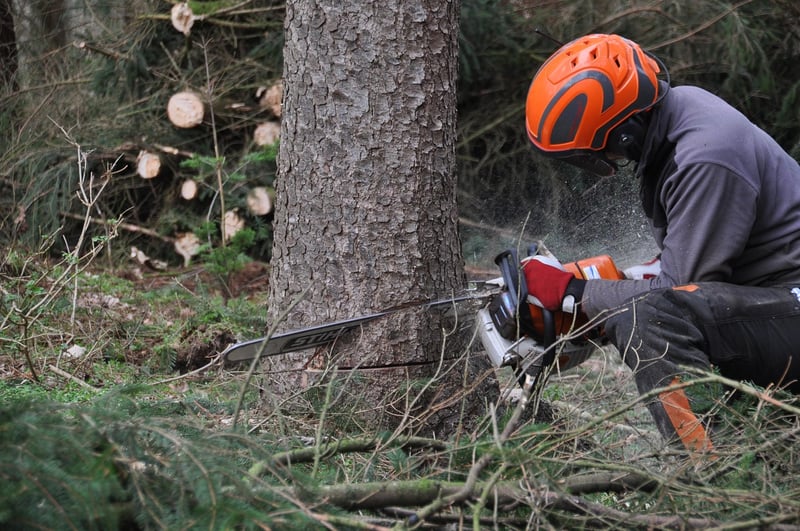Lighting Duration
Maximizing Indoor Growth: The Importance of Lighting Duration
Indoor gardening has become increasingly popular, allowing plant enthusiasts to grow their favorite herbs, flowers, and vegetables year-round. One crucial factor in successful indoor gardening is providing the right amount of light for your plants. Understanding the importance of lighting duration can make a significant difference in maximizing indoor growth.
Why is Lighting Duration Important?
Plants rely on light for photosynthesis, the process by which they convert light energy into sugars essential for growth. The duration of light exposure directly impacts a plant's ability to photosynthesize effectively. Providing the right amount of light for the right duration is vital for healthy plant development.
How to Determine the Right Lighting Duration
The lighting duration needed for your indoor plants depends on various factors, including the type of plant, its growth stage, and the intensity of light provided. Here are some general guidelines to help you determine the right lighting duration:
- Seedlings and young plants typically require 14-16 hours of light per day to support their rapid growth.
- Vegetative plants benefit from 14-18 hours of light daily to encourage leafy growth.
- Flowering plants may need 12-14 hours of light per day, mimicking natural daylight patterns.
Optimizing Lighting Duration for Different Plant Types
It's essential to tailor the lighting duration to suit the specific needs of different plant types:
- Herbs: Herbs like basil and parsley thrive with 12-16 hours of light per day.
- Leafy Greens: Plants like lettuce and spinach do well with 14-16 hours of light daily.
- Flowering Plants: Flowers such as orchids and African violets may require 12-14 hours of light to bloom.
Choosing the Right Lighting Setup
When setting up your indoor garden, consider using full-spectrum LED grow lights or fluorescent lights to provide the necessary light spectrum for optimal plant growth. Position the lights at the correct distance from your plants to prevent burning or light deficiency.
Conclusion
By understanding the significance of lighting duration and tailoring it to meet the specific needs of your indoor plants, you can create a thriving indoor garden. Remember to adjust the lighting duration as your plants grow and transition between growth stages for the best results.
Happy gardening!

Image source: Pixabay
